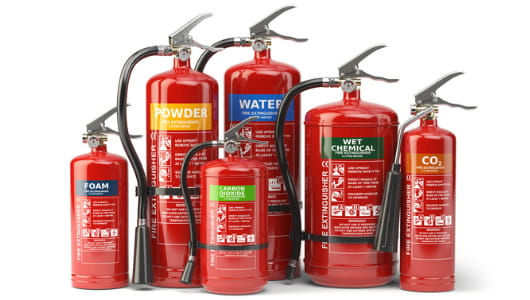CO2 fire suppression system vs Clean Agent fire Suppression
Fire suppression systems are an essential line of defense for any business, safeguarding people and property from the devastating effects of a fire. While numerous fire suppression systems exist, two prominent options are CO2 suppression systems and clean agent fire suppression systems. But what differentiates these systems, and which one is ideal for your business needs? This blog delves into the key characteristics of both CO2 and clean agent fire suppression systems to empower you to make an informed decision.
Understanding CO2 Fire Suppression Systems
A CO2 fire suppression system utilizes carbon dioxide gas to extinguish fires. CO2, a colorless, odorless gas denser than air, displaces oxygen within the fire zone when discharged. This oxygen displacement suffocates the fire, hindering its ability to sustain combustion. CO2 fire suppression systems are known for their:
1) Rapidity and Effectiveness: CO2 extinguishes fires swiftly due to its efficient oxygen displacement.
2) Non-Conductivity: Being a gas, CO2 is non-conductive, making it suitable for extinguishing electrical fires without the risk of further electrical hazards.
3) Cost-Effectiveness: CO2 systems are generally less expensive to purchase and maintain compared to clean agent systems. This affordability is attributed to the use of readily available materials like sodium bicarbonate to generate CO2 gas.
What is a CO2 fire suppression system?
A CO2 fire suppression system uses carbon dioxide gas to extinguish fires. CO2 is a colorless, odorless gas that is heavier than air. When it is released into a fire, it displaces the oxygen in the air, which prevents the fire from burning. CO2 fire suppression systems are very effective at extinguishing fires quickly and safely. They are also relatively inexpensive to install and maintain.
Advantages of CO2 fire suppression systems
1 – Quick and effective
CO2 fire suppression systems can extinguish fires quickly and effectively. This is because CO2 displaces oxygen, which is essential for a fire to burn. In short, this suffocates the fire and extinguishes it immediately.
2 – Non-conductive
CO2 is a gas and non-conductive, which means it will not cause electrical fires. Due to having no charge, it will effectively put the fires caused due to electrical issues.
3 – Cost-effective
CO2 fire suppression systems are relatively inexpensive to purchase and maintain. Due to the use of common materials like Sodium Bicarbonate and other materials which produce Carbon Dioxide gas, it’s cheaper than ever.
Disadvantages of CO2 fire suppression systems
However, CO2 fire suppression systems also come with limitations:
- Safety Concerns: CO2 displacement of oxygen poses a significant threat to people and animals within the vicinity. High CO2 concentrations can lead to asphyxiation. CO2 fire suppression systems are not recommended for occupied spaces due to this safety risk. If a CO2 system is used in a small, enclosed area, CO2 levels can rapidly rise to dangerous concentrations.
- Noise Disruption: The discharge of a CO2 fire suppression system can be quite noisy due to the involved chemical reaction. This noise can be startling and disruptive, particularly in confined spaces.
- Limited Fire Type Efficacy: CO2 systems are less effective in extinguishing fires in sensitive areas like data centers and museums. The discharged CO2 can potentially damage delicate equipment and artifacts.
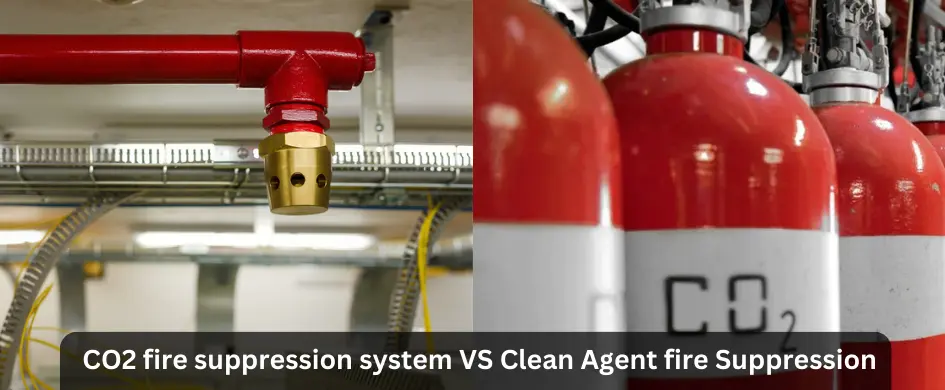
What is a clean agent fire suppression system?
A clean agent, a fire suppression system, uses a gas that does not leave any residue or damage to the equipment or environment. Clean agents are typically halogenated hydrocarbons or inert gases. They work by interrupting the fire triangle, either by removing oxygen, cooling the fire, or breaking the chemical chain reaction. Clean agents, and fire suppression systems, are more expensive to install and maintain than CO2 systems, but they are also more effective at extinguishing fires in sensitive areas, such as data centers and museums.
Unveiling Clean Agent Fire Suppression Systems
Clean agent fire suppression systems utilize gaseous agents that leave minimal to no residue upon extinguishing a fire. These agents, typically halogenated hydrocarbons or inert gases, work by disrupting the fire triangle – a model depicting the three elements (heat, oxygen, and fuel) necessary for a fire to exist. Clean agent systems can interrupt the fire triangle by:
- Oxygen Reduction: Some clean agents function similarly to CO2 by reducing oxygen levels within the fire zone.
- Heat Absorption: Certain clean agents absorb heat from the fire, lowering its temperature and hindering combustion.
- Chemical Chain Reaction Disruption: Specific clean agents interfere with the chemical reactions that sustain a fire.
Advantages of clean agent fire suppression systems
Clean agent fire suppression systems offer several advantages:
- Safety for Occupants: Clean agents are generally non-toxic and non-corrosive, making them safe for use in occupied spaces where people and animals are present. This safety aspect stands in stark contrast to other fire suppression systems that can be harmful upon exposure.
- Versatility: Clean agents are effective against a broad range of fires, including Class A (ordinary combustibles), Class B (flammable liquids), Class C (electrical fires), and Class D (combustible metals). This versatility makes them a suitable choice for various fire protection needs.
- Clean Residue-Free Discharge: Unlike some fire suppression systems that leave behind a messy residue, clean agents leave minimal to no residue upon discharge. This eliminates the need for extensive cleanup, saving time and resources.
Drawbacks of clean agent fire suppression systems
However, clean agent fire suppression systems also have drawbacks:
- Cost: Clean agent systems are typically more expensive to purchase and install compared to CO2 systems. This higher cost is due to the specialized chemicals employed in clean agent fire extinguishers. For small businesses, the initial investment and upkeep costs might be a significant consideration.
- Cartridge Availability: Refilling cartridges for clean agent fire suppression systems can be more challenging. These cartridges might require procurement from specialized suppliers, potentially impacting overall system maintenance costs.
Choosing the Right Fire Suppression System for Your Business
Selecting the appropriate fire suppression system hinges on your specific business needs and environment. Here’s a breakdown to guide your decision-making process:
CO2 Fire Suppression Systems are ideal for:
- Unoccupied spaces like server rooms, electrical rooms, and flammable liquid storage areas.
- Businesses prioritizing cost-effectiveness.
Clean Agent Fire Suppression Systems are well-suited for:
- Occupied spaces like offices, data centers, museums, and libraries.
- Businesses requiring protection for sensitive equipment or valuable items.
- Scenarios where minimizing post-fire cleanup is crucial.
Frequently Asked Questions (FAQ’s)
In addition to understanding the core functionalities of CO2 and clean agent fire suppression systems, addressing some frequently asked questions (FAQs) can further solidify your decision:
Q1. What is the key difference between clean agents and CO2 fire extinguishers?
The primary distinction lies in residue. Clean agent fire extinguishers discharge agents that leave minimal to no residue, while CO2 fire extinguishers displace oxygen without leaving residue. However, safety for occupants differs – clean agents are generally safe for occupied spaces, whereas CO2 systems pose a risk of asphyxiation and are not recommended for such environments.
Q2. Which fire suppression system is more effective?
For general fire suppression, CO2 systems can be very effective. However, clean agent systems offer a broader range of effectiveness due to their ability to tackle various fire types (Class A, B, C, and D) while minimizing the risk to people and preserving sensitive equipment.
Q3. Which system is more expensive?
Clean agent fire suppression systems are typically more expensive to purchase and maintain compared to CO2 systems. This price difference is due to the specialized chemicals used in clean agent fire extinguishers.
Q4. Can I use a CO2 fire extinguisher in my office?
No, CO2 fire extinguishers are not recommended for occupied spaces due to the risk of oxygen displacement and asphyxiation. Opt for a clean agent fire extinguisher in office environments to prioritize occupant safety.
Conclusion
CO2 and clean agent fire suppression systems each possess unique strengths and weaknesses. In the war between fm200 vs co2 understanding these differences empowers you to make an informed decision when safeguarding your business from fire hazards. By carefully considering your specific requirements and priorities, you can select the system that best protects your people, property, and critical operations. Remember, prioritizing fire safety is an investment in your business continuity and the well-being of your employees and customers.
Read More Articles:
Ultimate Fire Extinguisher Buying Guide for Business owners
Related Articles

Protein Foam: Your Guide to Effective Fire Suppression
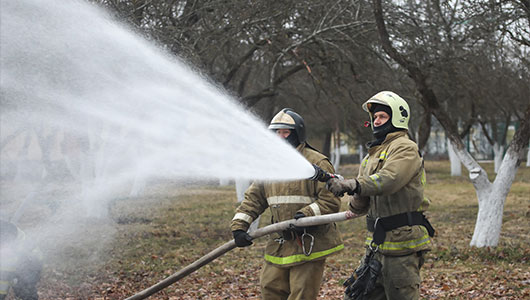
AR-AFFF Foam: Find the Right Formula for Your Needs
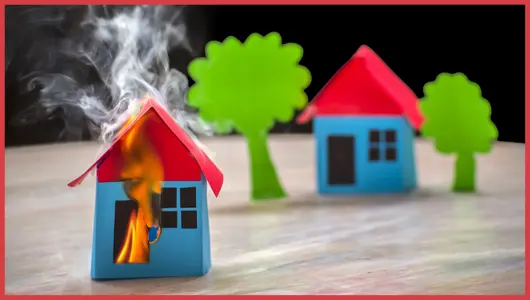
AFFF Foam: Your Essential Guide to Fire Safety

Why ECOFOAM is the Future of Environmentally Friendly Firefighting

Foam Concentrates: Sustainable Solutions for Environmentally Conscious Fire Protection
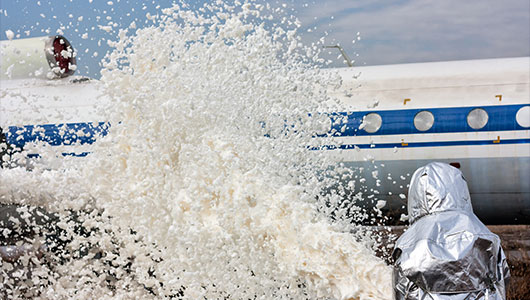
The Right Foam for Every Fire: Synthetic Concentrates for Varied Hazards & Environments

Expansion Foam Concentrate: The Ultimate Solution for Controlling Flammable Liquid Fires
Stop Fire in Its Tracks: Protein Foam's Versatility Across Hazards & Environments

Fluorine-Free Foam (ECOFOAM): Next-Generation Fire Suppression Solutions for Modern Challenges
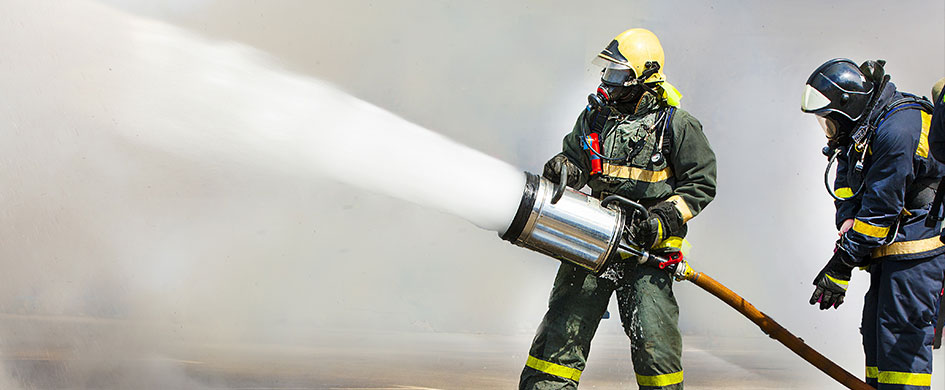
Future of Firefighting is Here: Top Trends in Foam Concentrate Technology Explained

Synthetic Foam Concentrates: The Science Behind Superior Fire Control

Expansion Foam Concentrate: The Game Changer for Fighting Large Fires
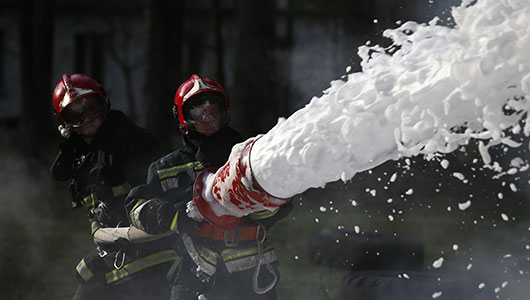
Protein Foam 101: How It Works to Fight Fires
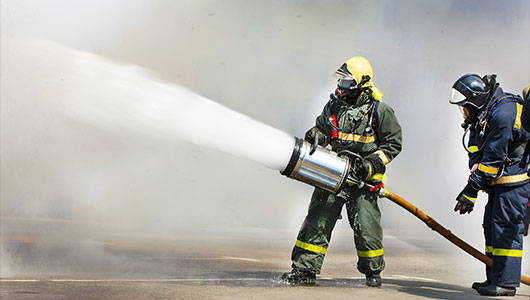
Advantages of Advanced AR-AFFF Foam Technology - Fire Protection Ultimate Guide 2024
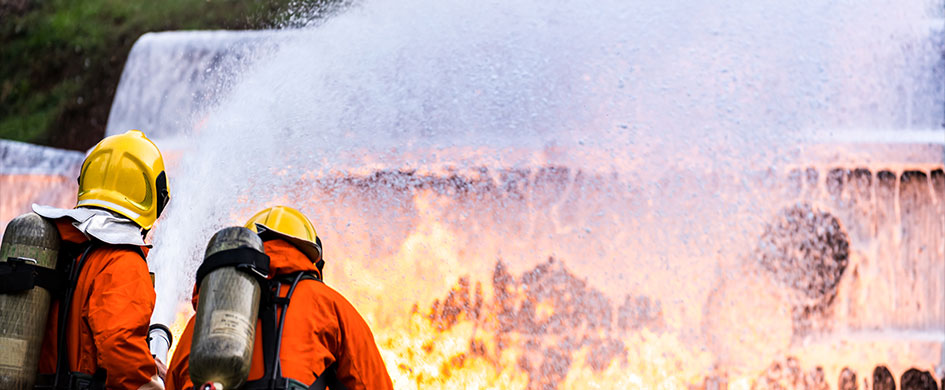
AFFF Fire Suppression: Applications & Benefits for Enhanced Safety
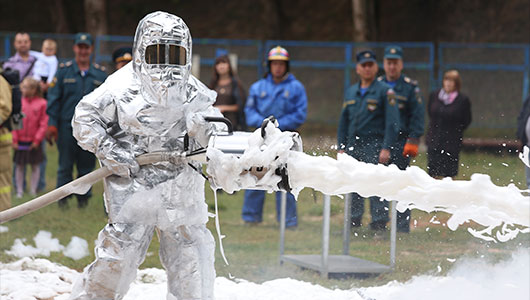
Foam Concentrates vs Traditional Fire Extinguishers: Which is More Effective?

Fight Fires Eco-Friendly: Rise & Future of Fluorine-Free Foam (ECOFOAM)

Synthetic Foam Concentrates: Advancing Fire Suppression with Cutting-Edge Technology

Expand Your Fire Safety Arsenal: Exploring the Versatility of Expansion Foam Concentrate
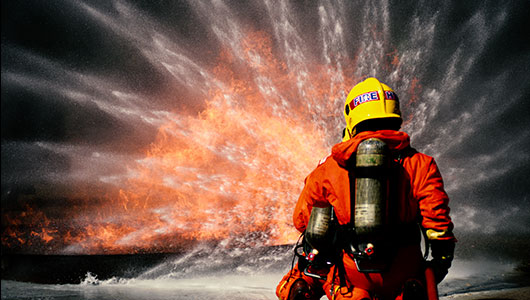
Protein Foam Concentrates: Harnessing Nature's Power for Effective Fire Suppression | Guide 2024
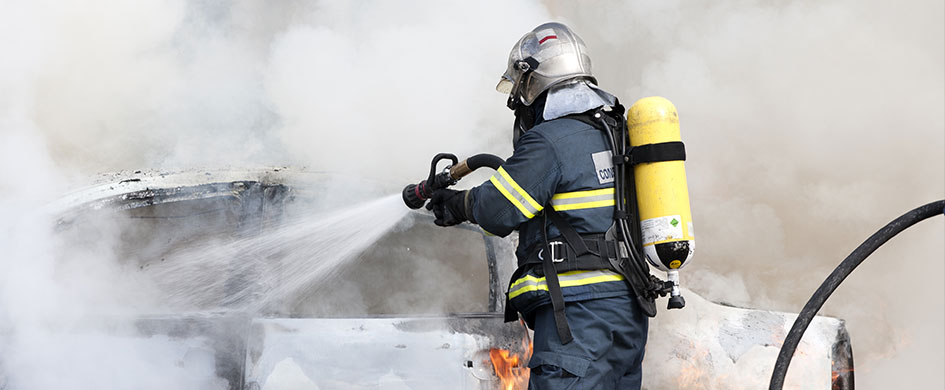
Advanced AR-AFFF Foam: The Cutting-Edge Solution for Superior Fire Suppression Performance
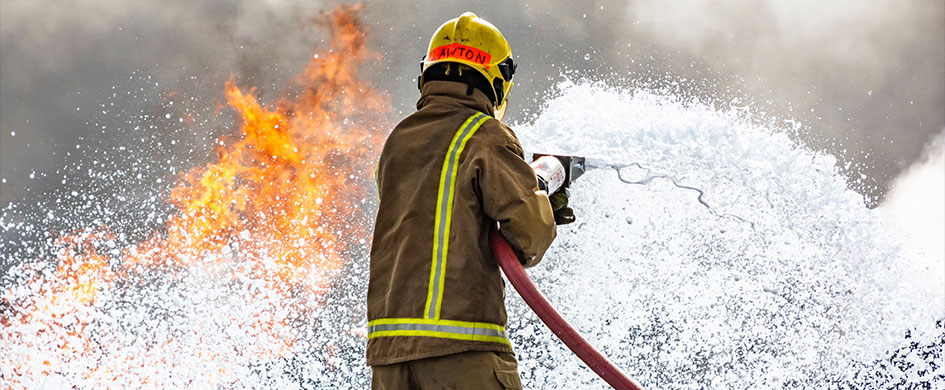
Understanding AFFF Role in Rapid Fire Suppression

The Rise of Eco-Friendly Fire Suppression: Exploring Fluorine Free Foam (ECOFOAM) Solutions

Foam Concentrates: The Ultimate Guide(2024) to Effective Fire Suppression
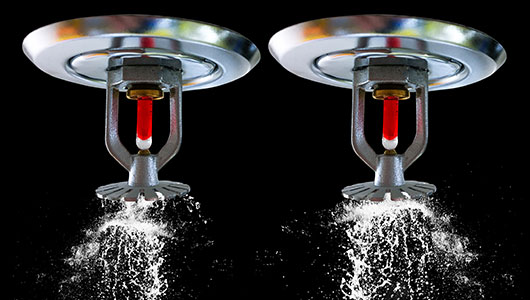
Choosing the Right Fire Sprinkler System for Your Commercial Property
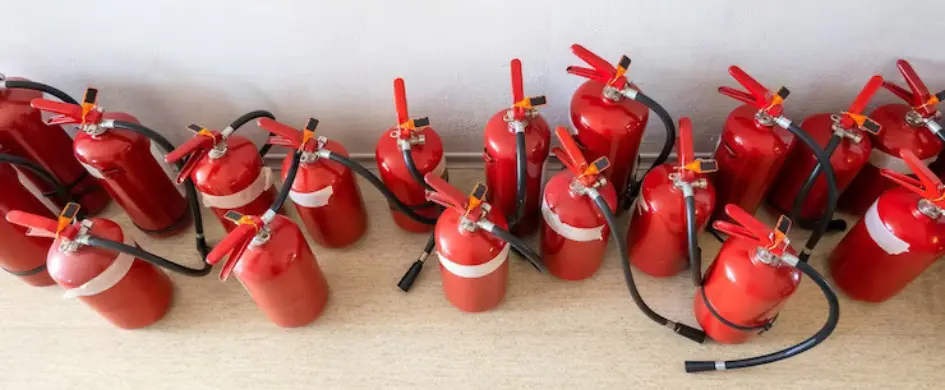
Emergency Evacuation Planning: Steps to Ensure Workplace Safety

The Ultimate Guide to Fire Extinguishers: Types, Uses, and Maintenance
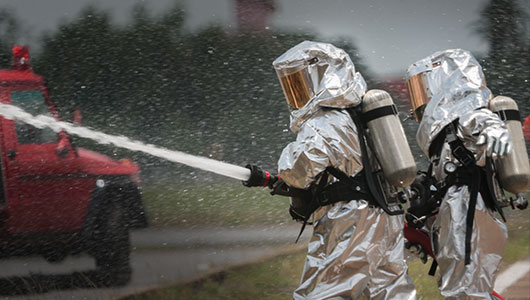
The Role of Personal Protective Equipment (PPE) in Firefighting
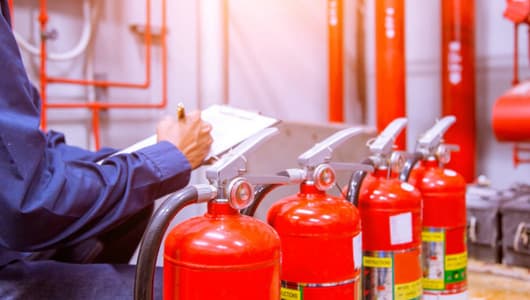
Keeping Your Business Safe: A Comprehensive Guide to Fire Risk Assessments
Protecting Your Electrical Equipment: The Importance of a Fire Suppression System for Electrical Panels
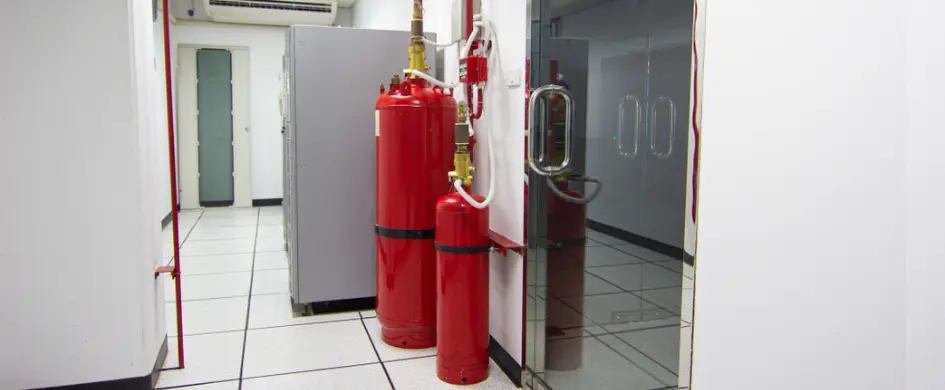
Protect Your Data Center with a Reliable Fire Suppression System

How to choose a water mist fire extinguisher
Ensuring Safety in the Factory: Choosing the Right Fire Fighting Equipment
The Top 5 Places Where Fire Suppression Systems are a Must

How to Choose the Right Fire Safety Equipment for Factories

Difference Between Fire Suppression System and Fire Sprinkler
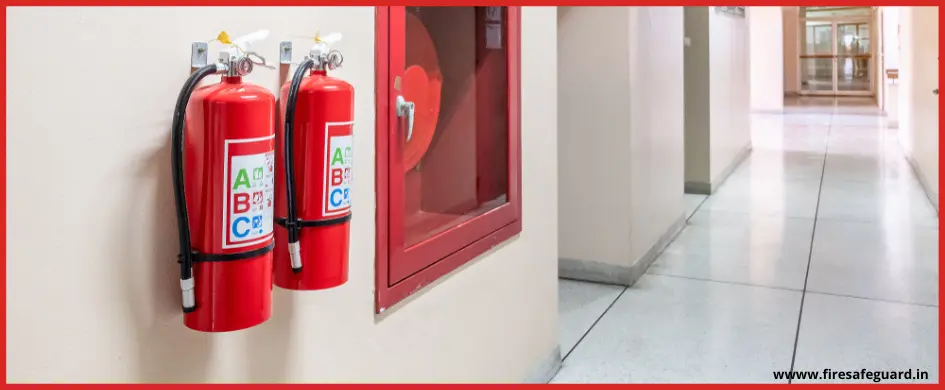
Ultimate Fire Extinguisher Buying Guide for Business owners
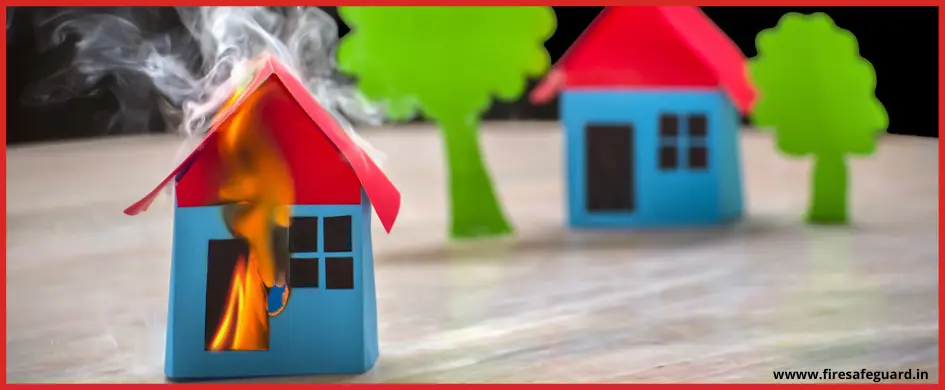
Known and Unknown Facts about Fire Everyone Should Know
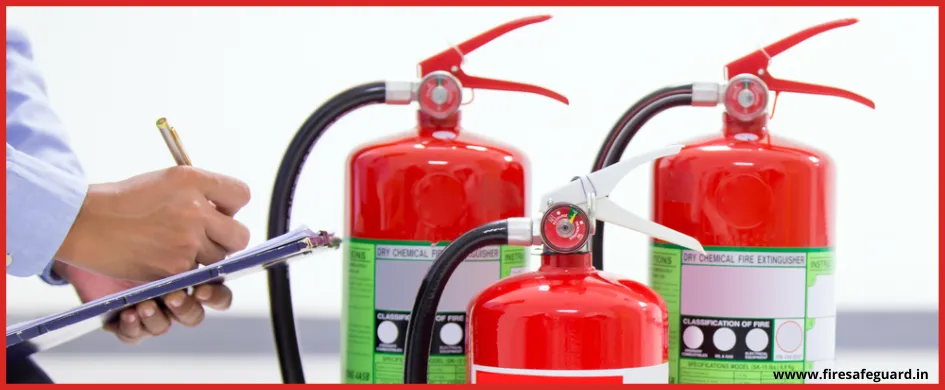
Everything you need to know about Water Type Extinguisher
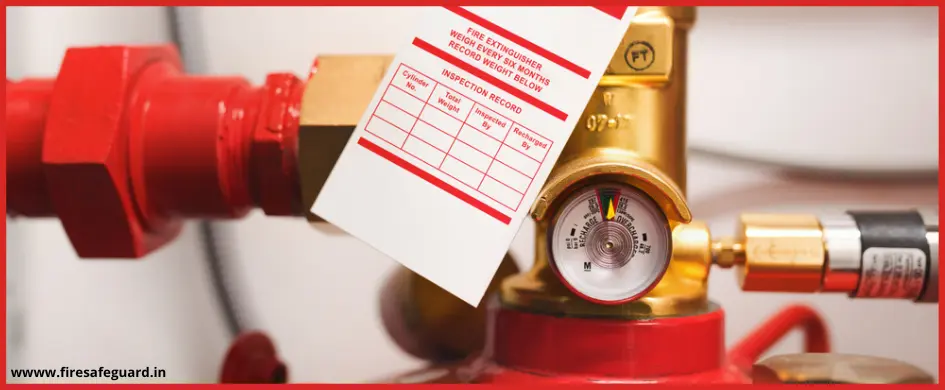
What is a Clean Agent Fire Extinguisher ? Detailed Guide 2024
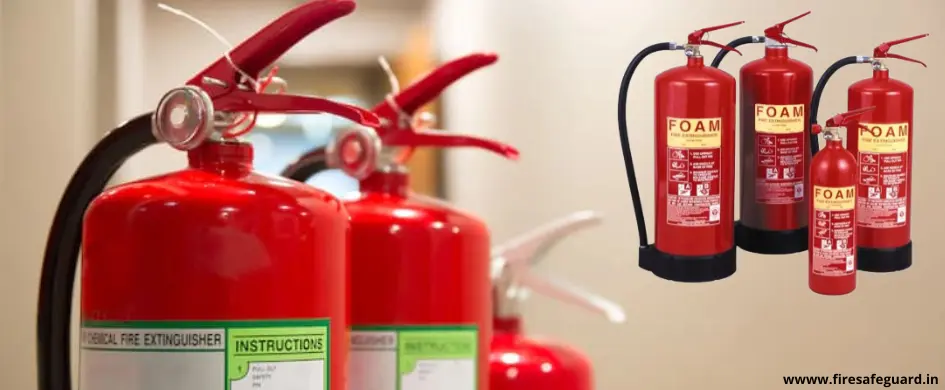
Everything You Need to Know About Foam-Type Fire Extinguishers
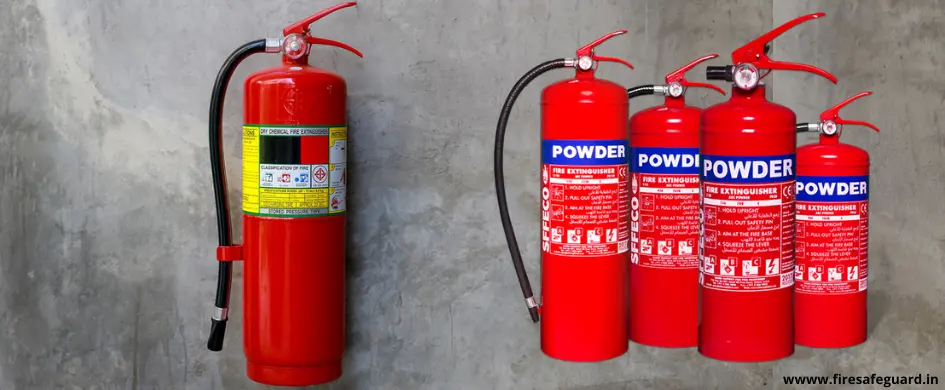
Everything You Need to Know about Dry Chemical Fire Extinguishers - Detailed Guide 2024

Top Fire Extinguisher Manufacturers in India
